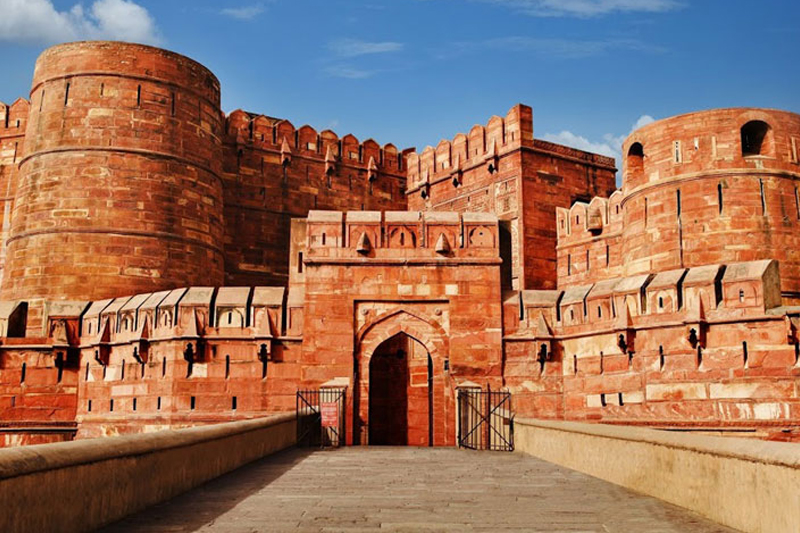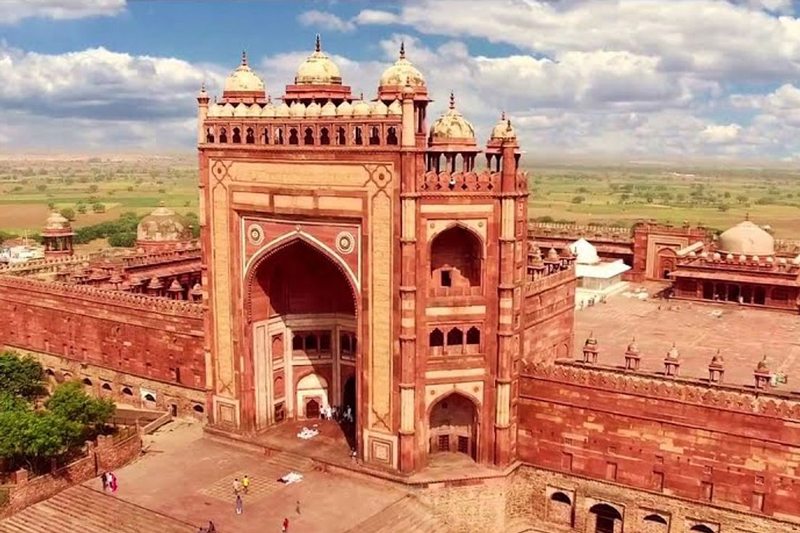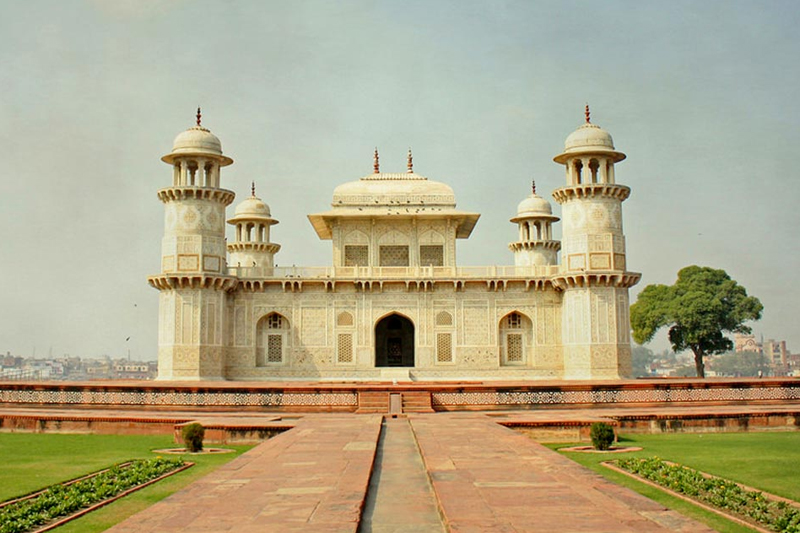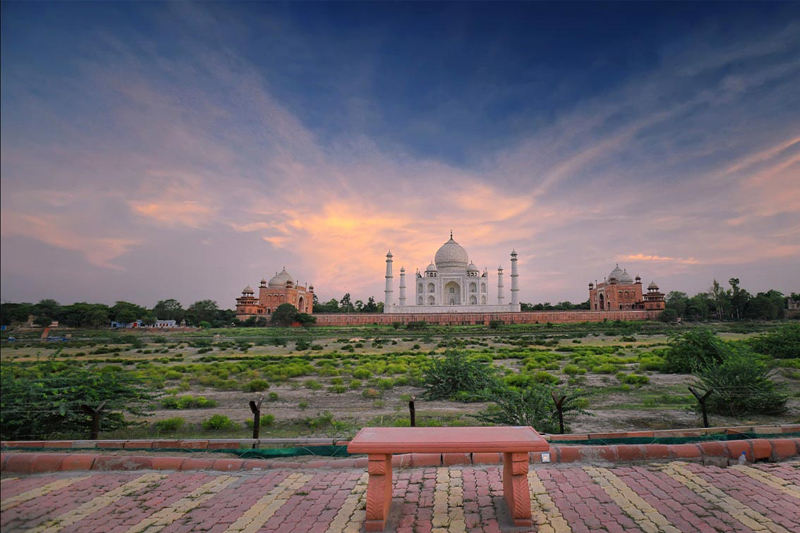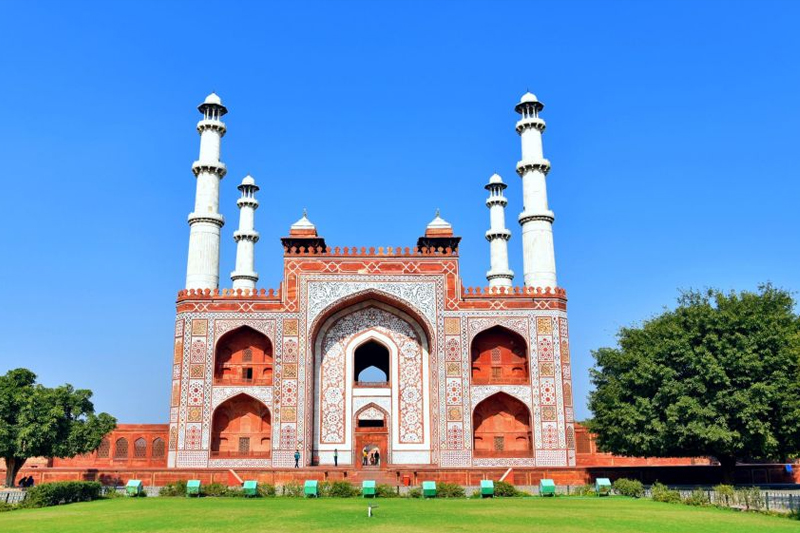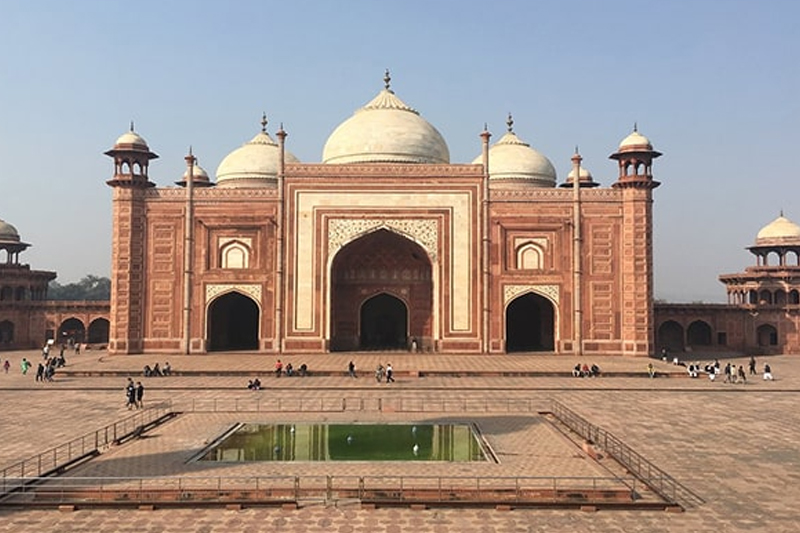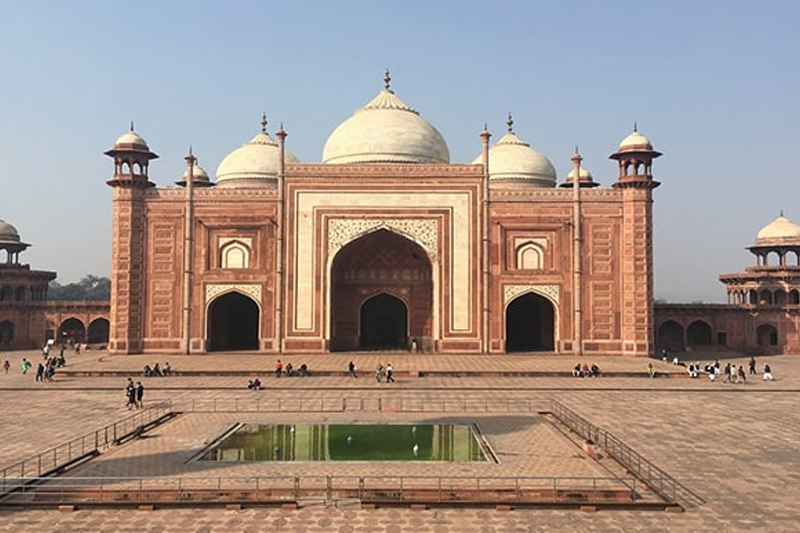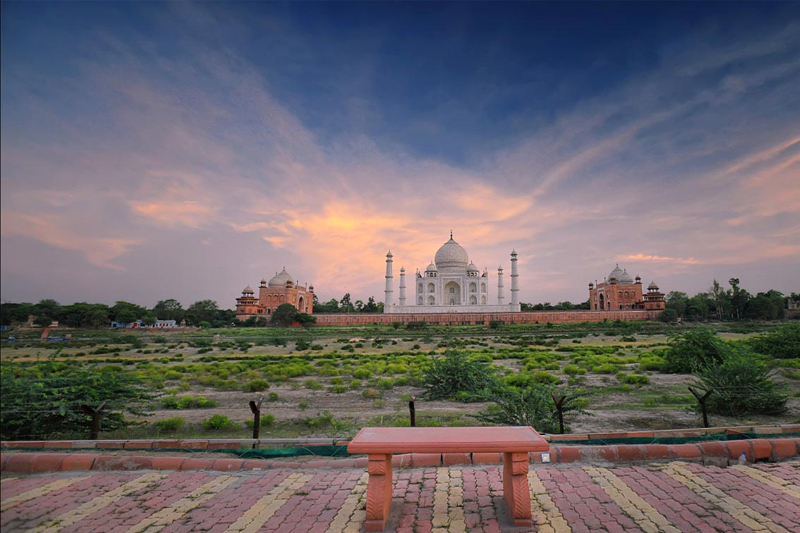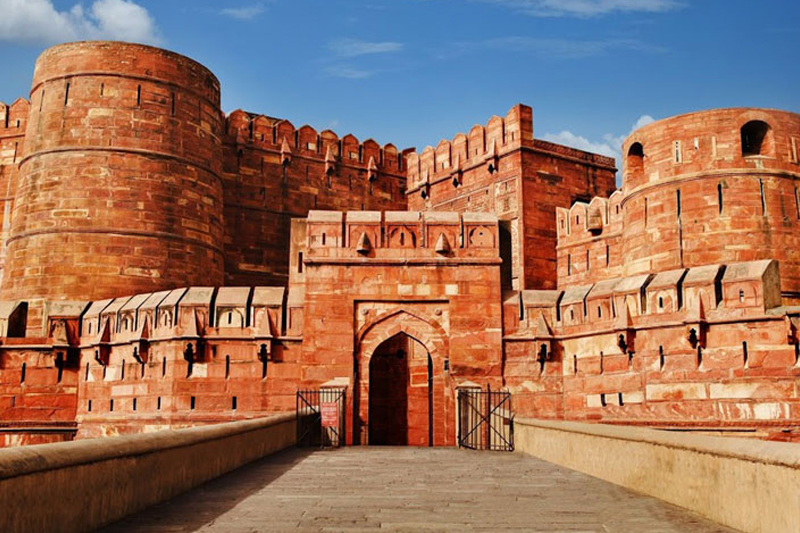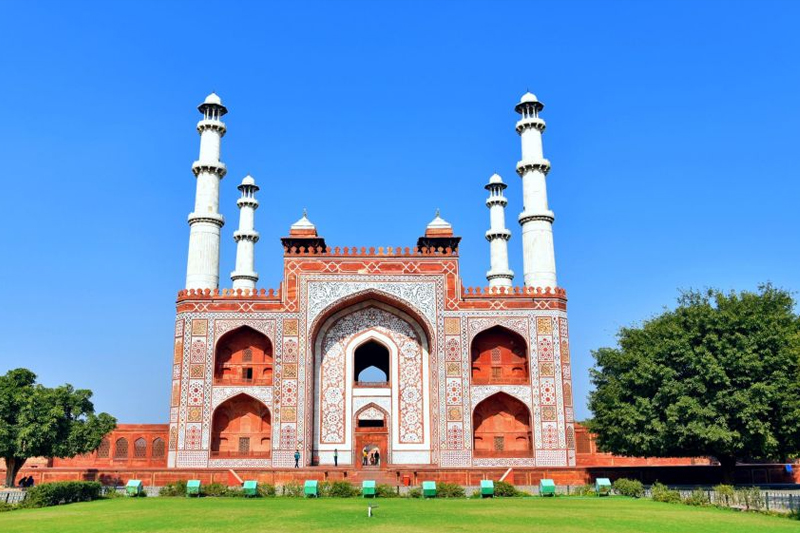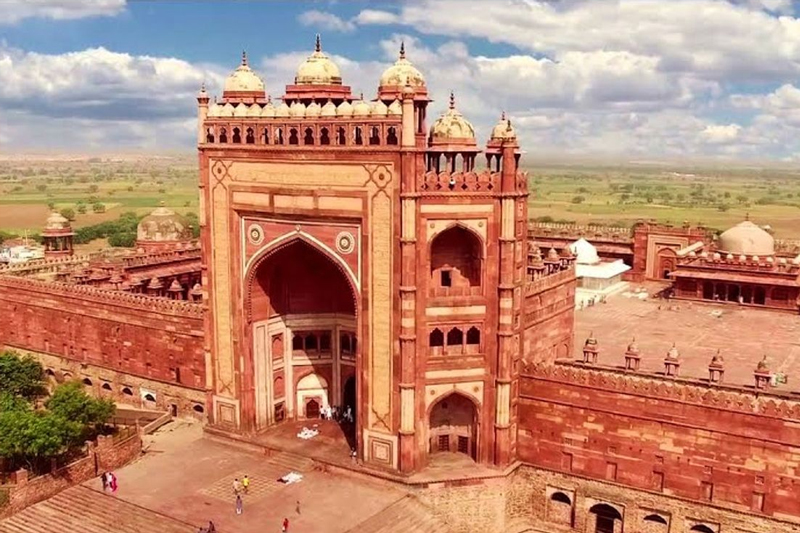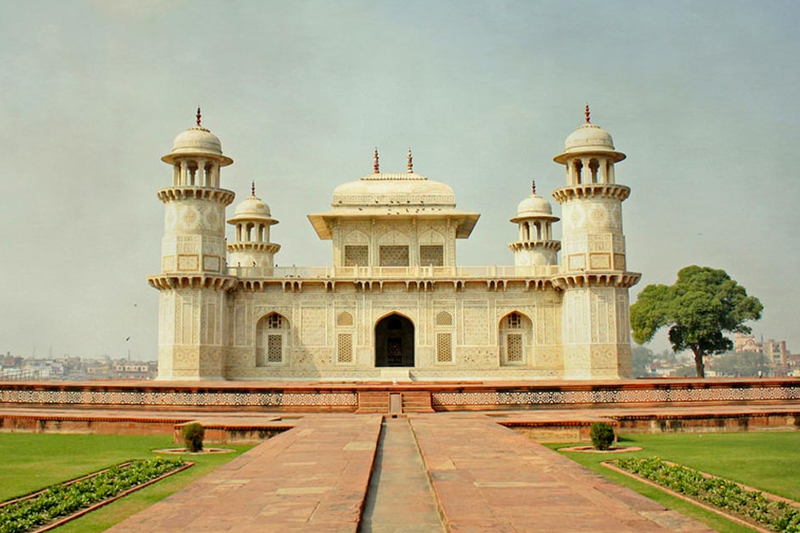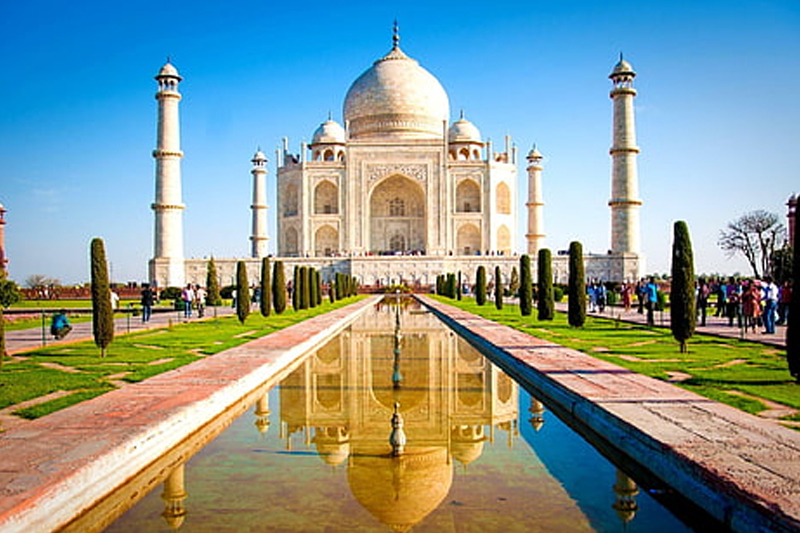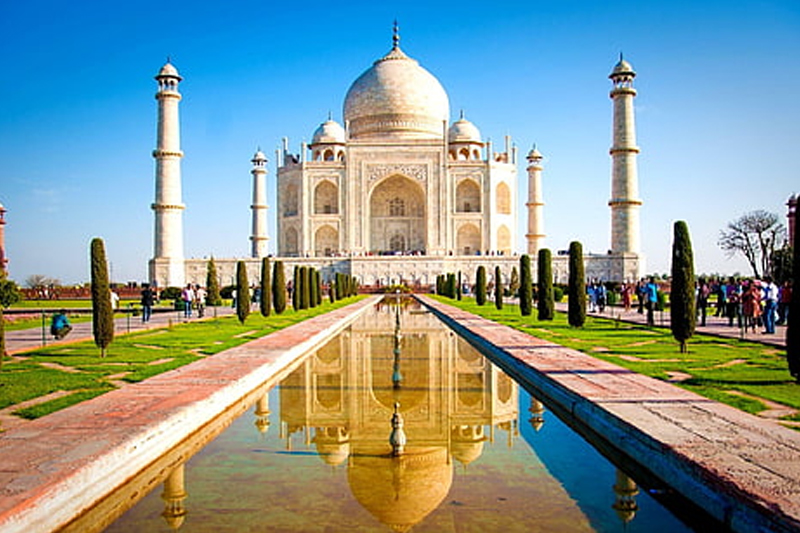
The Taj Mahal is one of the most famous monuments in the world and is recognized as one of the New Seven Wonders of the World. This white marble mausoleum was commissioned by Emperor Shah Jahan in memory of his wife Mumtaz Mahal. It is a symbol of eternal love and is included in the list of UNESCO World Heritage Sites. The intricate design and stunning beauty of the Taj Mahal are best experienced during the morning or evening.


